Seattle’s Cyber Siege: Unveiling the Ultimate Ransomware Support Guide
Introduction
A cyber siege that overtook Seattle in the digital age served as a sobering reminder of the constant threat posed by ransomware assaults. These attacks not only cause operational disruptions but also highlight the importance of strong cybersecurity defenses to protect people and companies from malevolent cyberattacks.
Understanding Ransomware
Malicious malware known as ransomware has become an everyday cyber threat, causing significant disruptions in many different sectors. Fortifying against its malicious intentions requires an understanding of its influence and workings.
What is Ransomware?
At its core, ransomware is a kind of malicious software that aims to encrypt data or bar users from using their machines. After contracting the infection, victims are left with the terrifying option of paying a ransom to have their data unlocked or risk losing it forever. Often, this malicious software encrypts data, making it impossible to retrieve crucial information unless the attackers possess the decryption key.
How Ransomware Attacks Occur
Usually, systems are compromised by ransomware using deceptive methods. Common entry points include phishing emails that contain malicious attachments or links, fake software upgrades, or exploits that take advantage of flaws in out-of-date software. Once inside a network, ransomware spreads quickly, encrypting files on all linked computers and escalating the attack’s impact and scope.
Impact of Ransomware Attacks on Businesses and Individuals
A ransomware assault has consequences that go beyond just encrypting data. Operational difficulties, financial losses, harm to one’s reputation, and possible legal repercussions are major concerns for enterprises. Small and medium-sized businesses are frequently the targets of cyberattacks because they lack strong cybersecurity defenses. People also run the risk of losing private information, having sensitive data compromised, or becoming the target of ransom demands.
The increasing complexity of attacks using ransomware is a significant obstacle to cybersecurity. To strengthen defenses and lessen the devastating effects of attackers’ increasingly sophisticated methods, it is essential to comprehend the mechanics behind these attacks.
Seattle’s Cyber Siege: Unveiling the Scenario
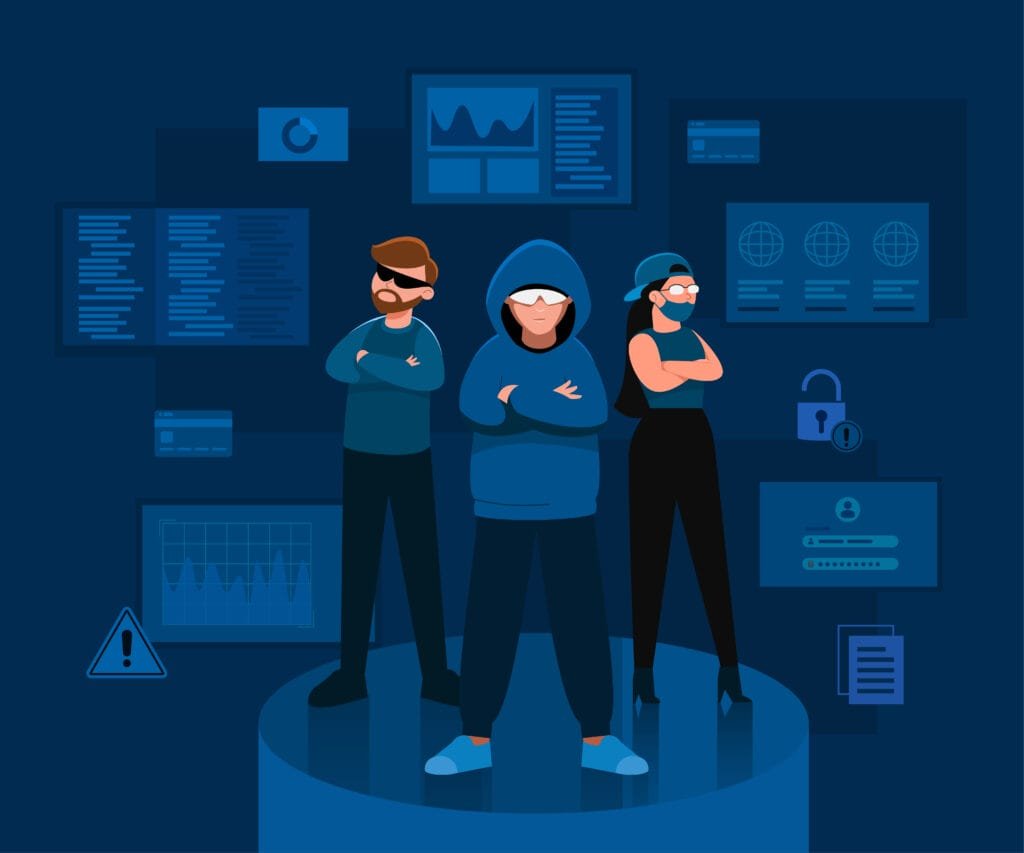
Known for its technological expertise and dynamic culture, Seattle was caught up in a cyber siege when an unprecedented wave of ransomware assaults damaged the city’s essential institutions and services.
Description of the Cyber Siege in Seattle
Ransomware attacks targeting vital infrastructure, such as government organizations, healthcare facilities, financial institutions, and transportation networks, have been common in Seattle in recent months. These attacks disrupted vital services and caused widespread disorder by striking at the core of the city’s operation.
Affected Sectors and Entities
The cyberattack on Seattle had a wide-ranging impact on several industries that are essential to the city’s operation. Healthcare facilities had to deal with breached patient data, transit networks encountered disruptions in operation, and government organizations found it difficult to continue providing basic services. The attacks exposed weaknesses in interconnected systems and rippled throughout Seattle.
Preventing Ransomware Attacks
A multifaceted strategy that includes preventive measures, strong protocols, and a culture of cybersecurity knowledge is necessary to mitigate the danger of ransomware attacks.
Importance of Cybersecurity Measures
The first line of defense against ransomware attacks is the implementation of strict cybersecurity procedures. A robust defense system is built on firewalls, intrusion detection systems, and routine software updates. Strong authentication procedures and data encryption also greatly improve defenses against such breaches.
Best Practices for Preventing Ransomware Attacks
It is crucial to teach staff members and the general public about the subtleties of ransomware and its methods of infiltration. Educating people to be wary of dubious emails, attachments, and links can help stop attackers’ first points of entry. Frequent offline, securely saved data backups are a vital resource for recovering lost data in the case of an attack.
Educating Employees and Individuals about Cybersecurity
One of the main entry points for ransomware attacks continues to be human mistakes. Regular training sessions, role-plays, and awareness campaigns provide people with the information and abilities they need to recognize and report such dangers. Developing a culture of cybersecurity awareness increases group resistance to hostile cyberattacks.
An informed, watchful community and strong cybersecurity measures are essential for preventing ransomware assaults. Organizations and people can greatly lessen their vulnerability to ransomware attacks by putting best practices into practice, educating stakeholders, and improving security.
Responding to a Ransomware Attack
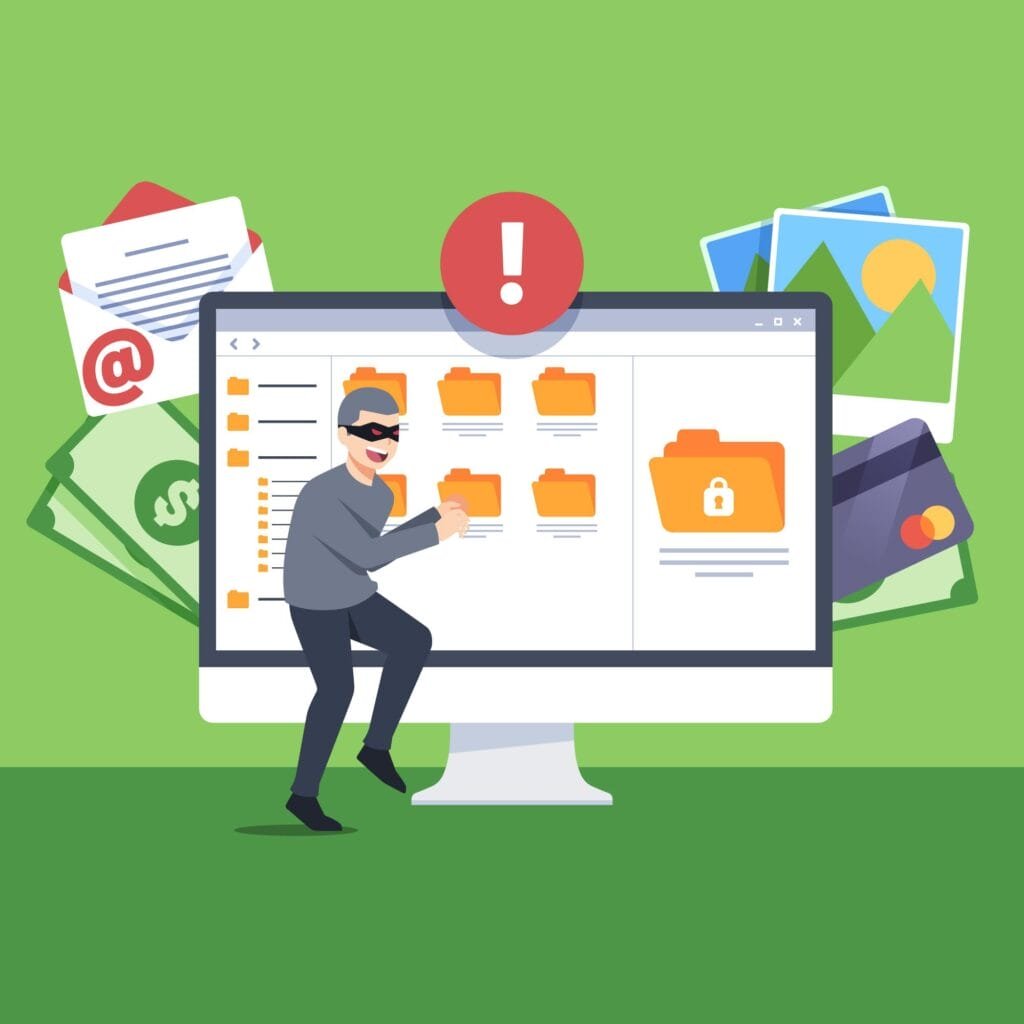
To effectively mitigate the effects of a ransomware attack, minimize data loss, and restore operations, a timely and well-organized reaction is essential.
Steps to Take When a Ransomware Attack Occurs
Isolate Affected Systems: To stop the infection from spreading further, unplug compromised devices from the network right away.
Alert Relevant Authorities: Authorities: To start the necessary steps, report the occurrence to incident response teams, police enforcement, or cybersecurity specialists.
Assess the Extent of Damage: To determine the extent of the assault, do a comprehensive study that includes identifying the compromised data and impacted systems.
Evaluate Backup Systems: Check the backup data’s availability and integrity in case it needs to be restored.
Importance of Having a Response Plan in Place
Having a thorough response strategy specifically designed for ransomware attacks is essential. It assigns roles, clarifies expectations, and simplifies routes of communication. This plan is evaluated and updated regularly to ensure that it is ready for changing cyber threats.
Working with Cybersecurity Experts and Authorities
Hiring cybersecurity professionals can help with ransomware strain identification, decryption alternatives exploration, and recovery strategy advice. Working together with law enforcement organizations facilitates the investigation of the incident, may help identify the attackers, and improves the state of cybersecurity overall.
It is critical to have a coordinated response strategy in place during the tumultuous aftermath of a ransomware assault. Recovering from damage requires immediate seclusion, strategic evaluation, and coordination with authorities and specialists.
Recovery and Restoration
A systematic approach is necessary to recover encrypted data from a ransomware assault, strengthen protections, and safely resume operations.
Strategies for Recovering Data After an Attack
- Data Restoration from Backups: To restore encrypted data, use unaffected, frequently updated backups that are safely stored offline.
- Verification and Integrity Checks: Verify the recovered data’s integrity to make sure it is still secure.
- Incremental Recovery: To reduce operational disruptions, give priority to important systems and data for a prompt recovery.
Ensuring the Security of Systems After an Attack
It is crucial for protecting systems against potential threats following an attack. Put in place improved cybersecurity safeguards, such as intrusion detection systems, powerful firewalls, and updated antivirus software. To address any possible vulnerabilities, do in-depth vulnerability assessments and patch management.
Rebuilding Affected Systems and Networks
Compromised system restoration is a laborious procedure. Prioritize the restoration of operational functionality while retaining the highest level of security. Work together with cybersecurity experts to address remaining weaknesses and strengthen systems’ defenses against intrusions in the future.
After a ransomware attack, recovering data, improving systems, and restoring resilience all require a deliberate approach. Through adherence to complete recovery methods and strengthening systems, organizations can more effectively recover from the consequences of cyberattacks.
Ransomware Support Guide: Resources and Tools
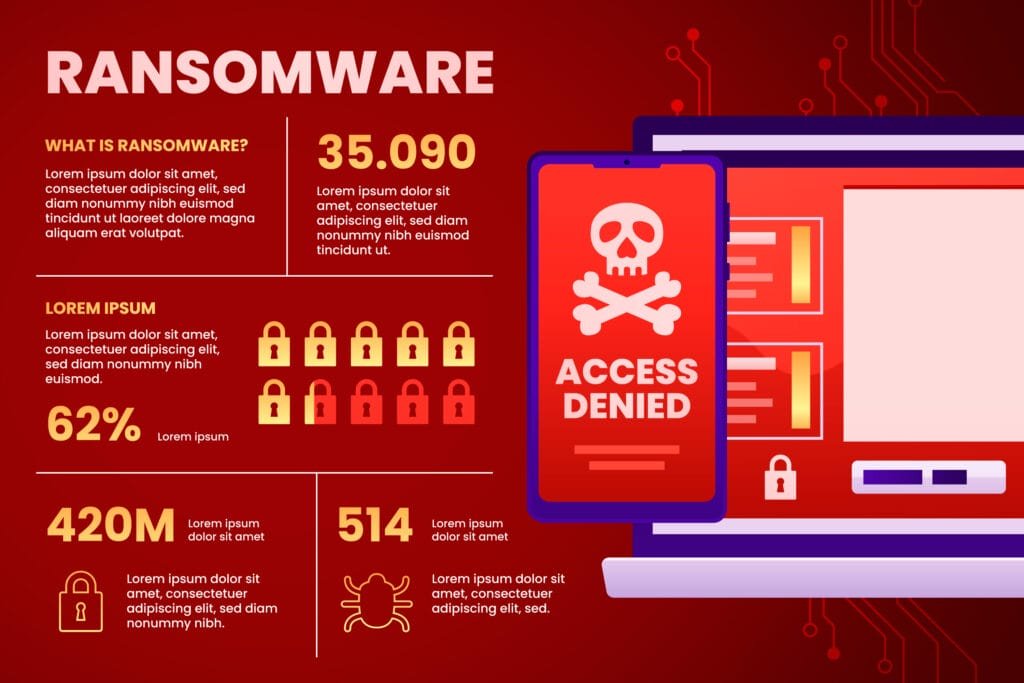
After a ransomware attack, having a strong support guide with communities, tools, and resources is essential for both preventative and recovery efforts.
List of Tools and Resources for Ransomware Prevention and Recovery
- Antivirus and Anti-Malware Software: All-inclusive cybersecurity tools that identify and eliminate ransomware threats.
- Backup Solutions: dependable systems that routinely and automatically securely store data.
- Ransomware Decryption Tools: Cybersecurity companies offer tools that can help decrypt specific types of ransomware.
Recommended Cybersecurity Software and Services
- Firewalls and Intrusion Detection Systems: Network security depends on firewalls and intrusion detection systems, which monitor and prevent unwanted access.
- Endpoint Protection Platforms: shield specific devices from ransomware and malware attacks.
- Security Awareness Training: Instructional initiatives to help people and staff identify and successfully address cyber threats.
Support Networks and Communities for Affected Individuals/Businesses
- Online Forums and Communities: Places where impacted people and companies can exchange stories, advice, and support.
- Cybersecurity Consultancies: Professional groups that provide direction, assistance, and customized preventative and remediation measures.
A comprehensive assistance guide that is filled with useful tools, suggested software and helpful communities is an invaluable tool for preventing ransomware attacks and facilitating speedy recovery if they have occurred. By utilizing these resources, organizations may effectively battle ransomware attacks by arming themselves with the tools and support mechanisms they need.
Conclusion
The cyber siege in Seattle should serve as a reminder to prioritize cybersecurity. The secret to reducing ransomware threats and lessening their disruptive effects on people and organizations is to be proactive and well-prepared.
FAQs
How common are ransomware attacks?
Ransomware attacks have become increasingly common, targeting various sectors globally.
Should I pay the ransom if my system is attacked?
It’s not recommended to pay the ransom, as it does not guarantee data recovery and can further incentivize attackers.
How can individuals protect themselves from ransomware?
Regularly updating software, using strong passwords, and being cautious of suspicious emails can significantly reduce the risk.
Can antivirus software prevent ransomware attacks?
While antivirus software is essential, additional cybersecurity measures are needed to combat sophisticated ransomware attacks.
Are there free tools available for ransomware prevention?
Yes, some cybersecurity companies offer free basic tools to help prevent ransomware attacks.






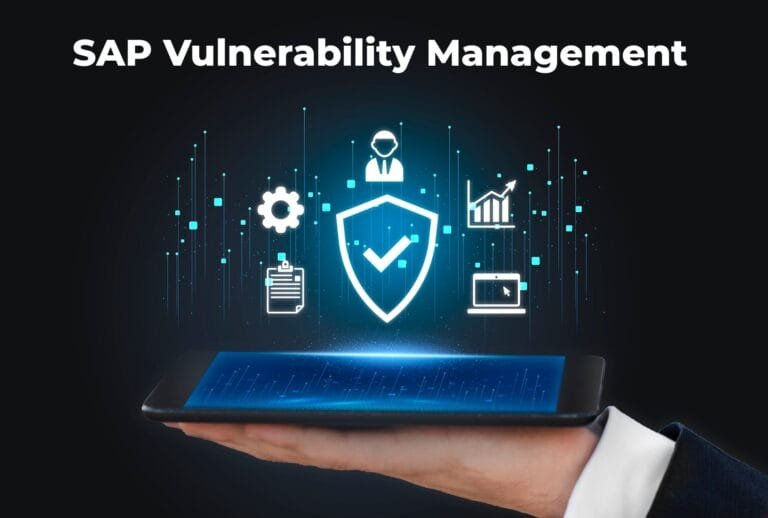
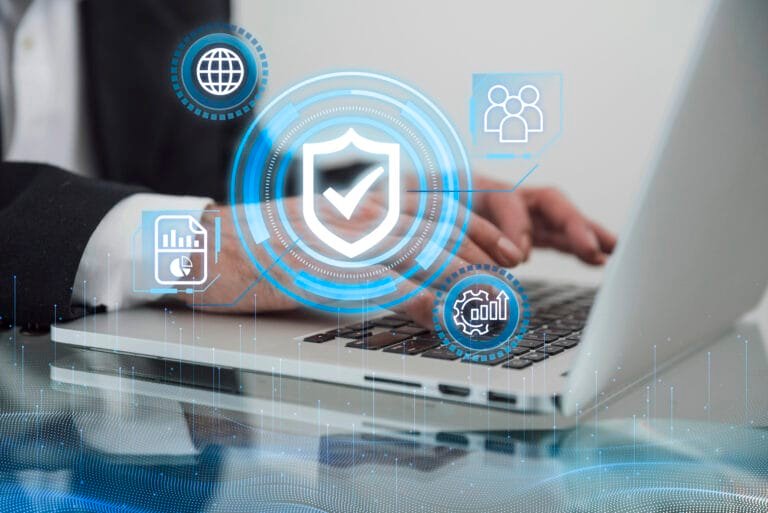
Thank you for your sharing. I am worried that I lack creative ideas. It is your article that makes me full of hope. Thank you. But, I have a question, can you help me?
Thank you soo much for appreciating the content May I know the question?